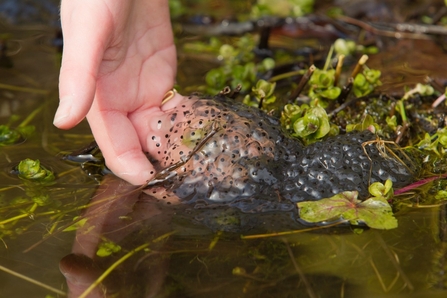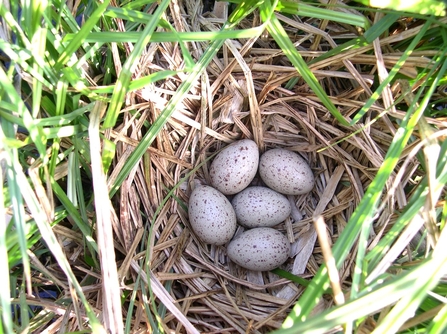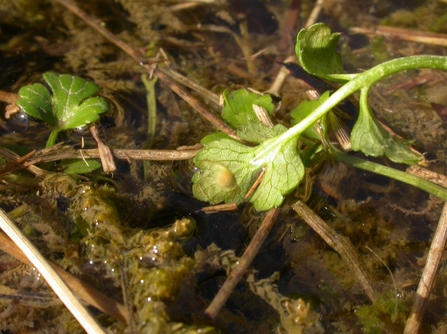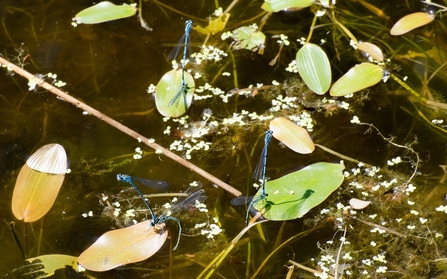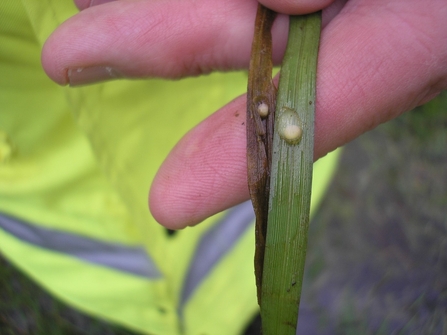Happy Easter everyone! Spring is here and it’s bringing with it everyone’s favourite chocolatey holiday. But not all eggs are made of chocolate and that’s probably for the best, after all, it can all get a bit sickly. Here is a roundup of some of the Ice Age Pond teams’ favourite eggs. Some you’ll no doubt recognise and some you may have never seen before – eggtastic! Eggs are an exciting part of any life cycle and usually have specific habitat requirements so it’s always a pleasure when you spot some first-hand.
The first is a crowd-pleaser at Easter time – frogspawn.


